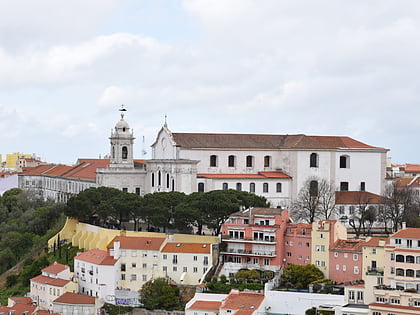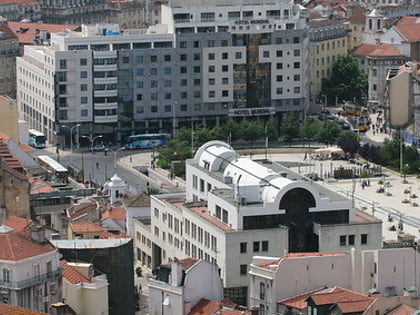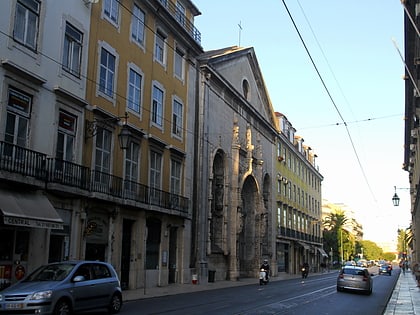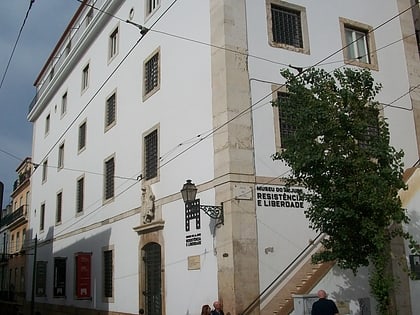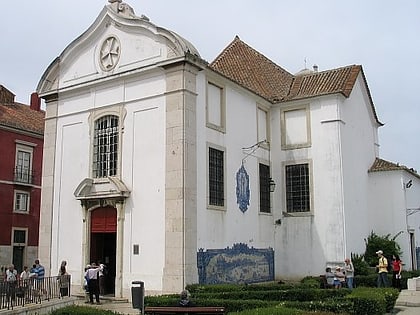Museu Militar de Lisboa, Lisbon
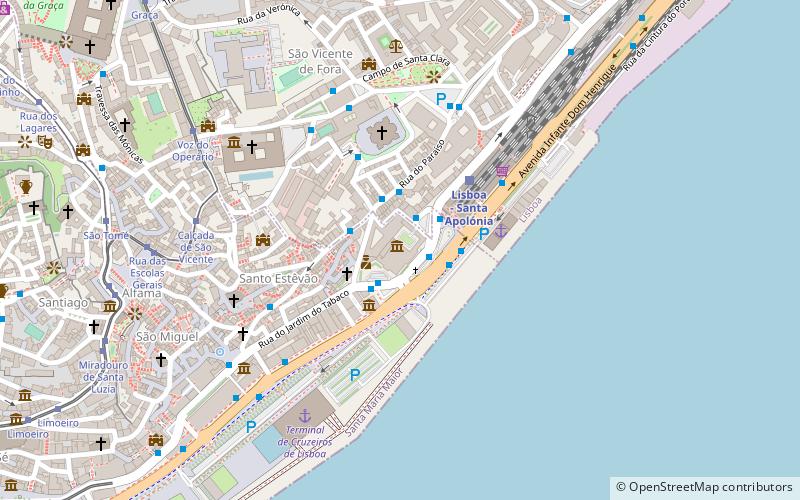

Facts and practical information
The Lisbon Military Museum is an organ of the Portuguese Army that is located in Largo dos Caminhos de Ferro in Lisbon, Portugal, near Santa Apolónia Station. It is the largest military museum in Portugal and one of the oldest in the city of Lisbon.
The Museu Militar de Lisboa has a vast and valuable museological heritage. It began to be organized in 1842, in the "Royal Army Arsenal" by the Baron of Monte Pedral, with the purpose of storing and conserving war material. The museum contains a large exhibition of weapons, uniforms and historical military documents.
During the reign of Queen Maria II, by Royal Decree of December 10, 1851, the building was renamed Artillery Museum, a name it retained until 1926, when it was renamed as it is today.
In the late 19th and early 20th centuries, its first Director, General José Eduardo Castelbranco, to support the exhibition of the pieces, decorated new rooms with works by our best artists of the time.
In 1963 the museum building was classified by decree as a Public Interest Building.
Since 1998 the Museum has had a space in the Cellars for temporary exhibitions and other cultural events.
The collection of bronze artillery pieces is considered one of the most complete worldwide, and whose pieces are precious historical documents, both for their inscriptions and heraldic symbols, and for the ornamentation in the style of the respective foundry periods.
The tile collection consists of twenty-six tile panels from the eighteenth, nineteenth, and early twentieth centuries that represent the most notable events of national history between 1139 and 1918. They are by the artists José Estêvão Cancela, Vítor Pereira, Gustavo Bordalo Pinheiro and Leopoldo Batistini.
The Military Museum in Lisbon has an important collection of paintings by the most acclaimed names in Portuguese painting from the late 19th century and early 20th century, such as Adriano Sousa Lopes, Columbano Bordalo Pinheiro, José Malhoa, Carlos Reis, Veloso Salgado, among others.
Also of note is the collection of sculptures executed by Delfim Maya, Rafael Bordalo Pinheiro, and José Núncio.
The museum's collections are presented in 33 exhibition spaces.
On the visit, the Vasco da Gama Room stands out with a collection of old cannons and modern murals depicting the discovery of the sea route to India. On the second floor are the rooms dedicated to World War I. Other rooms describe the evolution of weapons in Portugal, from flint blades to spears and rifles. The cannon patio tells the history of Portugal in 26 tile panels, from the Christian Reconquest to the First World War. There is also a room with miniature pieces; and the museum has about 26 thousand pieces. The Sala dos Gessos also stands out, where several molds for statuary of relevant figures from Portugal are gathered, namely the mold of the statue of D. José I, located at Praça do Comercio.
In the oldest part of the museum, the Portuguese artillery section, displays the car used to transport the columns from the Arco da Rua Augusta, in Lisbon.
R. Museu da Artilharia 51Santa Maria Maior (Santo Estévão)Lisbon 1100-366
Museu Militar de Lisboa – popular in the area (distance from the attraction)
Nearby attractions include: São Jorge Castle, Monastery of São Vicente de Fora, Lisbon Cathedral, Panteão Nacional.
Frequently Asked Questions (FAQ)
When is Museu Militar de Lisboa open?
- Monday closed
- Tuesday 10 am - 4:15 pm
- Wednesday 10 am - 4:15 pm
- Thursday 10 am - 4:15 pm
- Friday 10 am - 4:15 pm
- Saturday 10 am - 4:15 pm
- Sunday 10 am - 4:15 pm
Which popular attractions are close to Museu Militar de Lisboa?
How to get to Museu Militar de Lisboa by public transport?
Bus
- Museu Militar • Lines: 13B, 712, 734 (2 min walk)
- Rua do Paraíso • Lines: 10B, 712, 734 (2 min walk)
Train
- Lisboa Santa Apolónia (3 min walk)
- Lisbon-Santa Apolónia Station (4 min walk)
Metro
- Santa Apolónia • Lines: Azul (3 min walk)
- Terreiro do Paço • Lines: Azul (18 min walk)
Tram
- Calçada de São Vicente • Lines: 28E (7 min walk)
- Voz do Operário • Lines: 28E (8 min walk)
Ferry
- Cais do Sodré • Lines: Ferries da Transtejo (34 min walk)

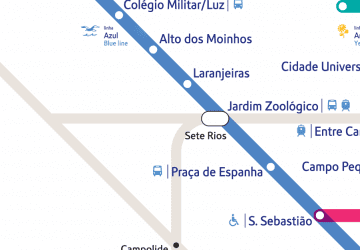 Metro
Metro




